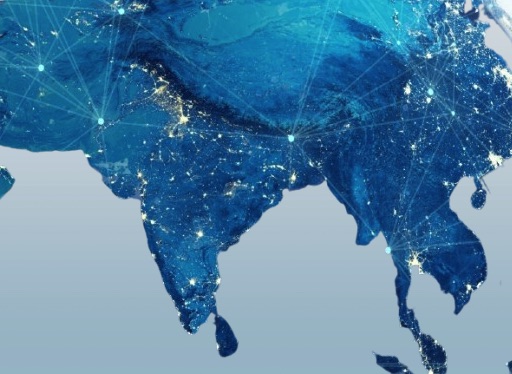By Mahbano Zahid
Over the centuries humanity has developed offensive and defensive capabilities. One of the 21st century’s emerging problems is cyber-security threats.

Nuclear weapons and their delivery systems are inherently more susceptible to cyberattacks as they become more sophisticated and computer dependent. States are embroiled in cyberwar as a result of the information revolution. Attacks by states and non-state actors have increased in frequency, affecting both international organizations and multinational corporations. However, such attack affects defense system, financial institutions, strategic weapons, etc.
Owing to this, South Asia’s nuclear weapons systems can be also vulnerable to cyber-attacks. The Stuxnet, a computer worm that was originally aimed at Iran’s nuclear facilities, mutated and spread to other industrial and energy-producing facilities. It caused a huge stir in the media after its discovery in 2010, as it was the first known virus capable of damaging hardware, making it one of the most advanced cyber weapons ever developed and a landmark milestone for cybersecurity. Stuxnet was a wake-up call for all nuclear-armed states, even though it was primarily a threat to Iran.
A cyberattack against the National Institutional Facilitation Technology (NIFT), in Pakistan, was launched on June 16, 2023. Such an attack is significant because it demonstrated how vulnerable a nuclear-weapon state is to common cyber threats. India and Pakistan, who have a history of mutual tensions and rivalry, are working to build a cyber-security network before the rival takes advantage of the lag. Numerous threats have emerged as a result of technological advancements that the conventional apparatus is not used to handling. Cybersecurity is a subset of these contemporary issues.
According to reports, in 2019, the cell phones of some senior Pakistani officials were compromised for monitoring purposes. A malware known as “Pegasus,” developed by the Israeli spyware company NSO Group, was used to hack the social media app WhatsApp. Cyber-war has become the fourth domain in the field of warfare, after the air, naval, and military. Both state organizations and non-state actors may pose a threat in cyberspace. The strategy may include propaganda or hostile cyberattacks. While offensive cyberattacks can target a state’s vital infrastructure, propaganda tools can be used to take advantage of internal divisions. They may be cultural, religious, or social fault lines.
The global environment is further complicated by the unsteady power dynamics. Both countries are committed to using their nuclear weapons to protect their vital security interests.
Despite the fact that the use of nuclear weapons can be disastrous, they promote stability by preventing large-scale conflicts. This is evident from the history of India and Pakistan, which had three large-scale conflicts before either nation possessed operational nuclear weapons: in 1947–1948, 1965, and 1971. Instead, since both India and Pakistan tested their nuclear capabilities in May 1998 (India, of course, had already tested such capabilities in May 1974), there have been no large-scale military conflicts between the two countries. However, in the wake of the Pahalgam incident, India has been on the verge of crossing the nuclear threshold, and this action could undermine the broader strategic stability of South Asia.
The security dilemma in the Indo-Pak context is complicated and constantly pushes strategic dynamics in unpredictable directions. This conceptual framework, which acts as a crucible where the security measures adopted by one state pose a threat to another, is necessary due to the anarchic nature of international politics.
The cyber landscape in South Asia is unstable and unpredictable due to the lack of official cyber deterrence doctrines, nuclear posturing, and deep-rooted mistrust. The region urgently requires cyber confidence-building measures (CBMs), such as multilateral or regional cooperation on cyber norms, secure communication hotlines, and agreements not to target key infrastructure. Before a silent digital attack ignites an irreparable strategic storm, it must adjust to the invisible, swift, and unpredictable environment of cyberspace.
Author: Mahbano Zahid – Research Intern at Balochistan Think Tank Network Quetta (BTTN), Buitems, Quetta, Pakistan.
(The opinions expressed in this article are solely those of the author and do not necessarily reflect the views of World Geostrategic Insights).







